Hypoglycemic + weight loss? Research progress of GIPR targets
GLP-1 (glucagon-like peptide 1) and GIP (glucose-dependent insulin-stimulating peptide) are both incretin polypeptides secreted by the human intestinal mucosa. tract L cell production. The former can bind to GLP-1R receptors on pancreatic beta cells and stimulate insulin secretion, resulting in lowering blood sugar, reducing food intake, delaying gastric emptying, and controlling body weight; the latter can regulate energy after binding to GIPR receptors. Metabolism, inhibition of gastric acid and pepsin secretion, stimulation of insulin release, inhibition of gastric peristalsis and emptying and other functions can supplement the role of GLP-1R receptors. The current research shows that the main functions of GIP are:
1. Stimulate insulin secretion;
2. Act on the brain, increase neuropeptide secretion and reduce brain activity;
3. Change energy metabolism and reduce fat oxidative decomposition in muscle and liver;
4. Promote the entry of glucose into adipocytes and convert them into fat, promote postprandial inflammation in adipocytes, and reduce blood sugar levels.
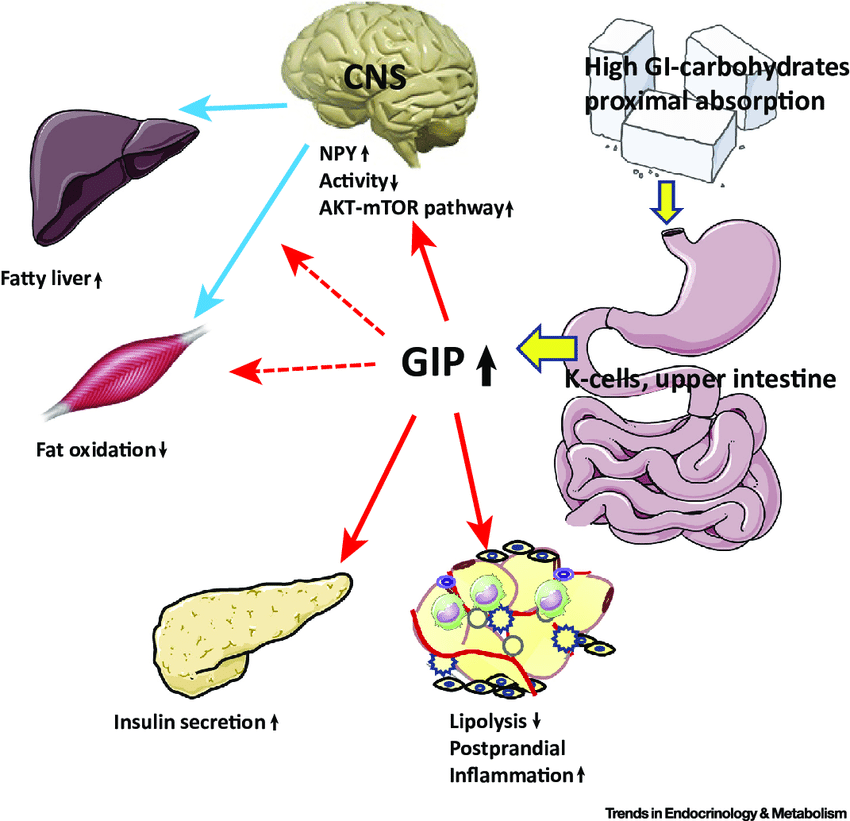
Although the role of GIP in regulating blood sugar by promoting insulin secretion and regulating glucagon secretion has been widely demonstrated, researchers have been controversial about the development of GIPR agonists or antagonists to treat diabetes and obesity. However, with the publication of clinical data and the in-depth study of the mechanism of action of tirzepatide (a dual agonist of GIPR and GLP-1R developed by Eli Lilly) in recent years, it has been shown that GIP can regulate glucagon by activating GIPR in islet alpha cells secretion, which induces more insulin secretion through islet alpha and beta cell interactions, not just by activating GIPR in islet beta cells. Phase III clinical data show that tirzepatide has more hypoglycemic and weight-reducing effects than semaglutide, and GIPR agonists also reduce body weight by reducing food intake and increasing energy consumption. In combination with GLP-1 receptor agonists, it has a very good effect. The effect, developed for the treatment of diabetes, obesity and nonalcoholic steatohepatitis, has brought vitality to the development of GLP1R/GIPR/GCGR dual-target/triple-target agonist drugs.
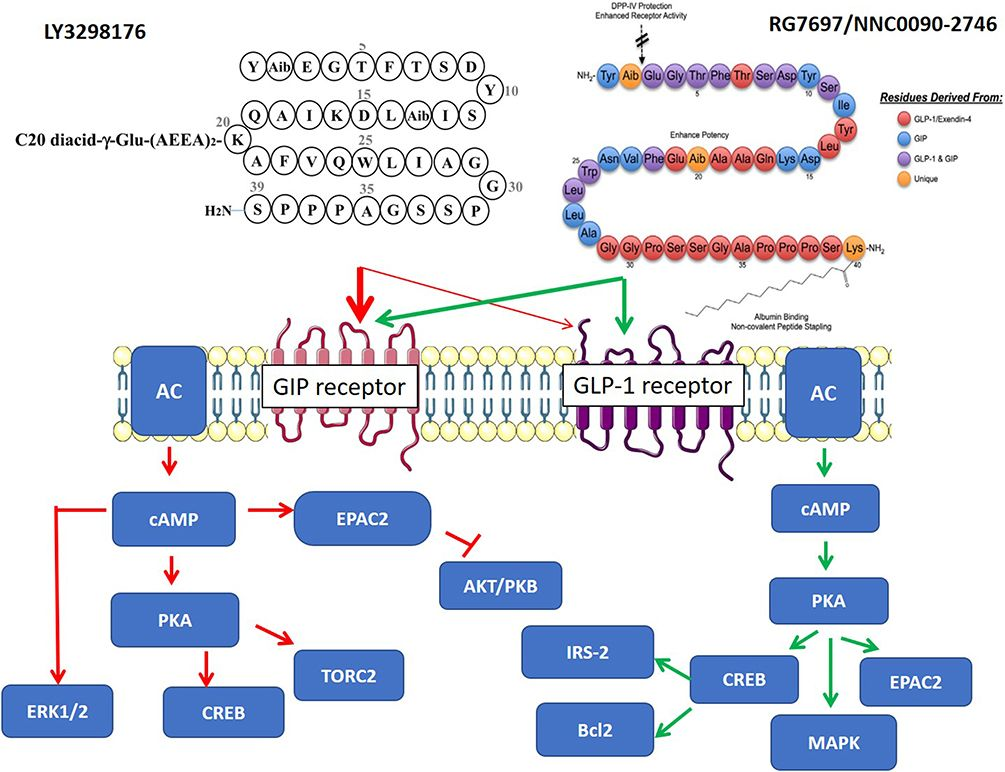
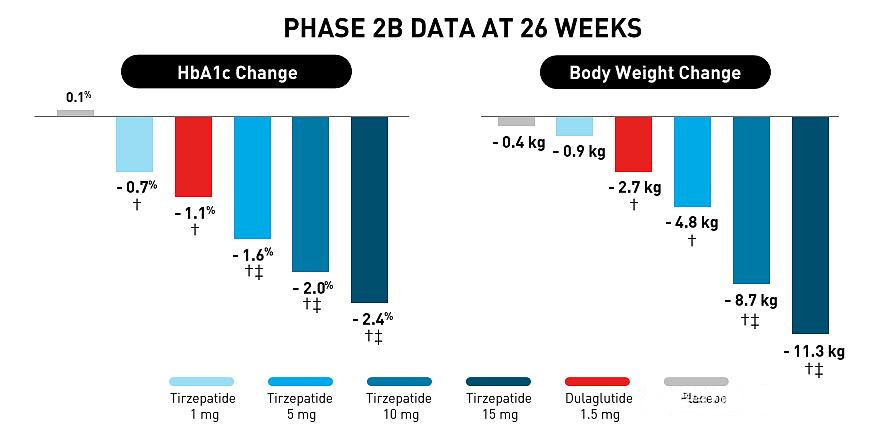
Figure 3. PHASE 2B DATA AT 26 WEEKS
GIPR target drug development status
Currently, there are no drugs for GIPR targets on the market. The drugs under development are GLP-1R/GIPR/GCGR dual-target or triple-target agonists, most of which are peptide drugs, and the rest are protein drugs. Except for Eli Lilly tirzepatide, which has completed three Most of the rest are in the preclinical, clinical or early clinical stages, except for the phase clinical trials that are ready to be marketed. At present, Boehringer Ingelheim's BI 456906 and Innovent IBI-362 are in Phase II clinical stage, and Sunshine Pharmaceuticals, Hengrui, Huadong Medicine, etc. are in the early preclinical research and development stage.
In response to the development, production release and research needs of GIPR target drugs, we have developed the GIPR/CRE-Luc/HEK293 cell line. Part of the data is shown below:
↓↓↓
GIPR/CRE-Luc/HEK293 RQP71346
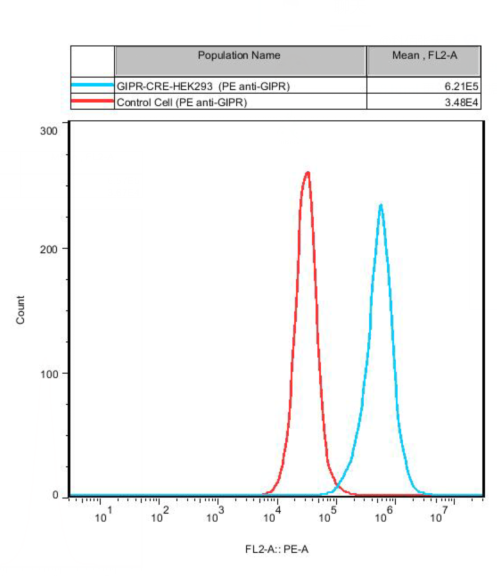
Figure 4. Recombinant GIPR/CRE-Luc/HEK293 constitutively expressing GIPR.
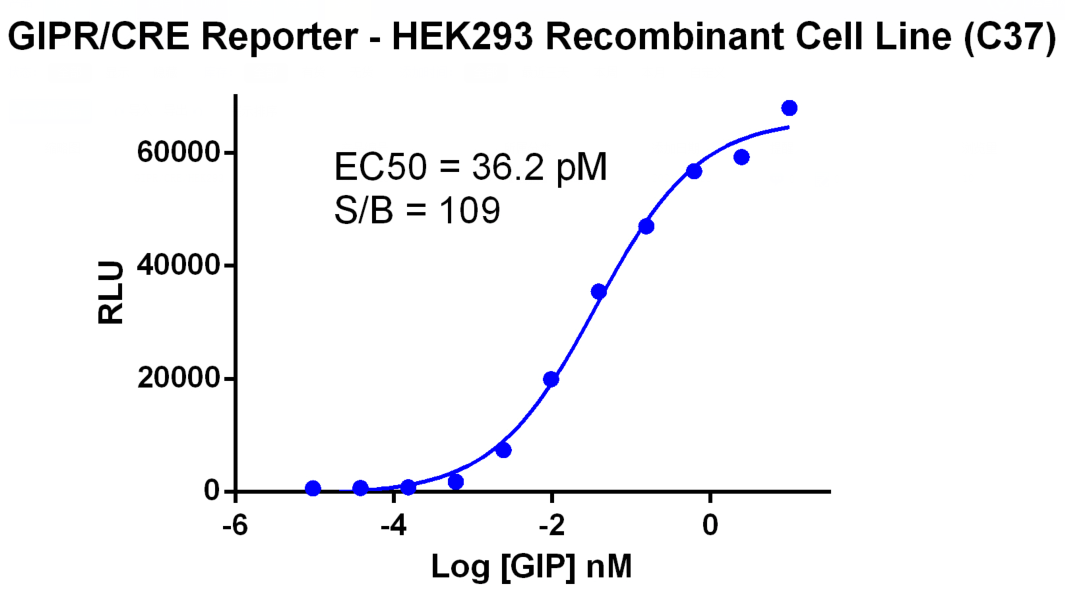
Figure 5. GIPR/CRE Reporter - HEK293 Recombinant Cell Line (C37).
Drug target model
The reporter gene cell model can well reflect the molecular mechanism of action, and has less variability and better operability. Quality control and batch release are all important.
We attach great importance to R&D innovation. With cell function transformation technology, high-precision and flexible gene editing tool platform, we provide drug detection cell models including kinases, GPCRs, immunotherapy, drug resistance and other disease targets. At present, it has covered more than 400 spot cell models, and provides high-quality Cell-base biological assay services.

